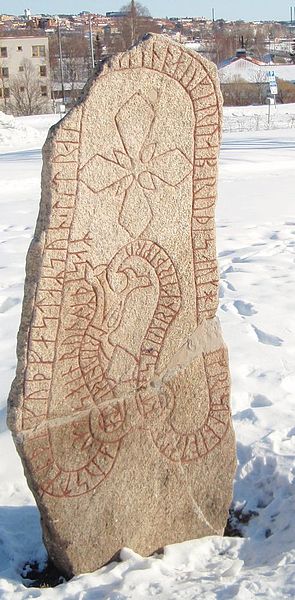Jämtland County is a county or län in Sweden. It consists of the provinces of Jämtland and Härjedalen, along with minor parts of Hälsingland and Ångermanland, plus two small uninhabited strips of Lapland and Dalarna. It borders the counties of Dalarna, Gävleborg, Västernorrland, and Västerbotten, as well as the Norwegian county of Trøndelag. It measures 49,443 km2 (19,090 sq mi) and constitutes 12% of Sweden's total area, making it the country's third largest county. The capital is Östersund. The county governor and leader of the administrative board, as appointed by the Swedish government, has been Marita Ljung since 2021.
Jämtland County
Jämtland is a historical province in the centre of Sweden in northern Europe. It borders Härjedalen and Medelpad to the south, Ångermanland to the east, Lapland to the north and Trøndelag and Norway to the west. Jämtland covers an area of 34,009 square kilometres, 8.3% of Sweden's total area and is the second largest province in Sweden. It has a population of 115,331, the majority of whom live in Storsjöbygden, the area surrounding lake Storsjön. Östersund is Jämtland's only city and is the 24th most populous city in Sweden. The historical province is one of the least densely populated.
Frösö Runestone
Jämtland does not mean "the even country" but rather "Jamts' land". In this picture the Viking Arnljot Gelline from Jämtland is seen moving through the landscape.
Petroglyphs in Glösa, made approximately 5,000 years ago, displaying primarily moose. Several internal organs have been painted out. The carvings are very similar to the ones found in Moelv in Trøndelag and also resemble the cave art in Altamira, Spain. A carved ram from Glösa appears in Krokom's coat of arms.
Frösön during winter. This island, named after Freyr, the Norse god of fecundity and love, was the regional centre of Jämtland for ages.





